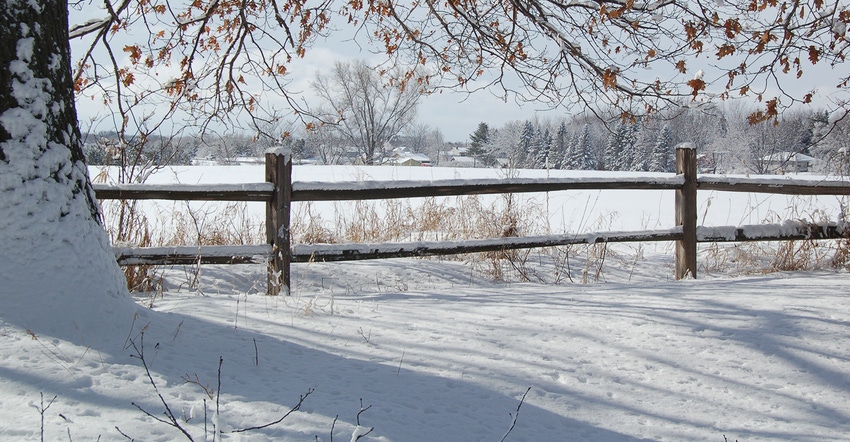January 7, 2019

How often is February the snowiest month of the year in Minnesota?
A reader asked me this question last year, when most snowfall came in the months of February, March and April.
Despite the fact that February is shorter by two to three days than the other months of the snow season (October to May), climate histories from around the state show that it is the snowiest month of the year about 15% to 20% of the time. This is surprising to some, but not to climate scientists — who note the tremendous historical variability in snowfall data throughout the Midwest. One or two storms during the winter can make a huge impact on what the total snowfall statistics show.
In years when February is the snowiest month of the year, one of two weather scenarios comes into play.
The first weather scenario is that February brings one or two major blizzards, which by themselves dump a huge load of snow. Such was the case in 1893, 1909, 1936, 1962 and 1974. In these years, two or more blizzards dumped more than 20 inches of snowfall across many parts of Minnesota.
In fact, in 1936 and 1962, many observers in Minnesota reported more than 30 inches of snowfall from February blizzards.
1886 had all-time snowiest February
The all-time snowiest February for anywhere in Minnesota was in Red Wing in Goodhue County in 1886, when 52.5 inches was recorded.
The second weather scenario that favors February to be the snowiest month is when there is a snow drought, or a very dry winter weather pattern. In this case, snowfall is infrequent and very low quantity in all other months.
February is centered in the core of winter, meaning that almost all precipitation comes in the form of snow. This means that merely one or two significant snowfalls during February can cause the month to be ranked the snowiest.
Such was the case around Minnesota in 1891, 1931, 1981 and 2012, when many climate stations reported seasonal snowfall totals of 25 inches or less. In addition, in both 1931 and 2012, there were very few days that delivered snowfall — and when it fell, it was very light. In winters dominated by a snow drought, there have been a few climate stations in Minnesota that have reported less than 15 inches for an entire snow season.
Seeley is professor emeritus of climatology at the University of Minnesota.
About the Author(s)
You May Also Like




